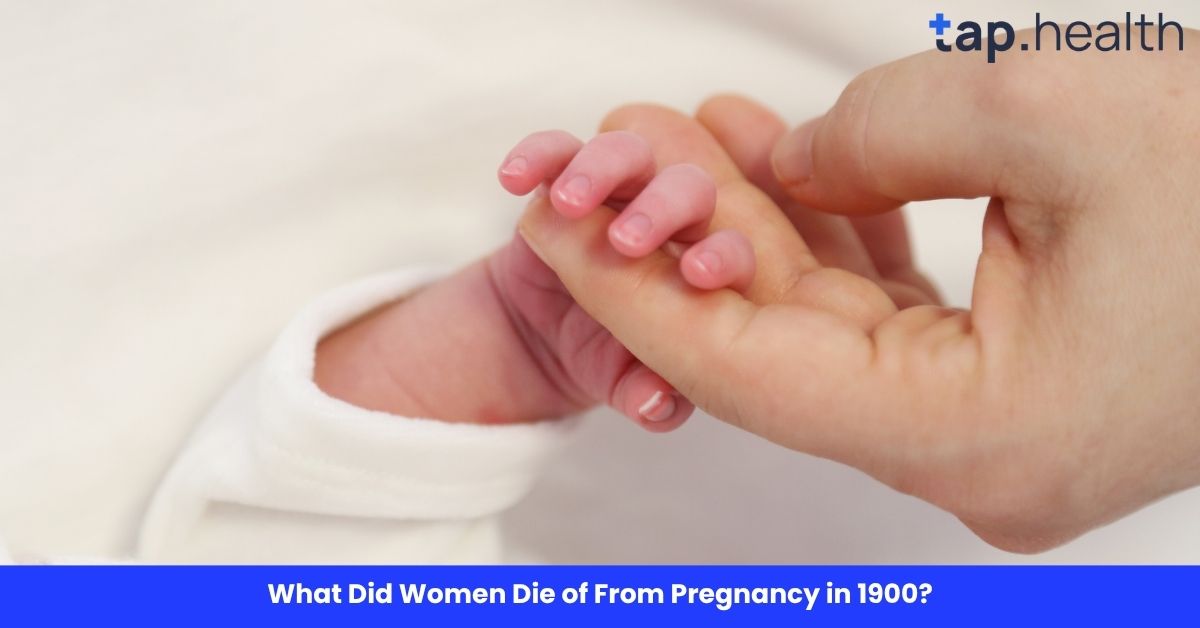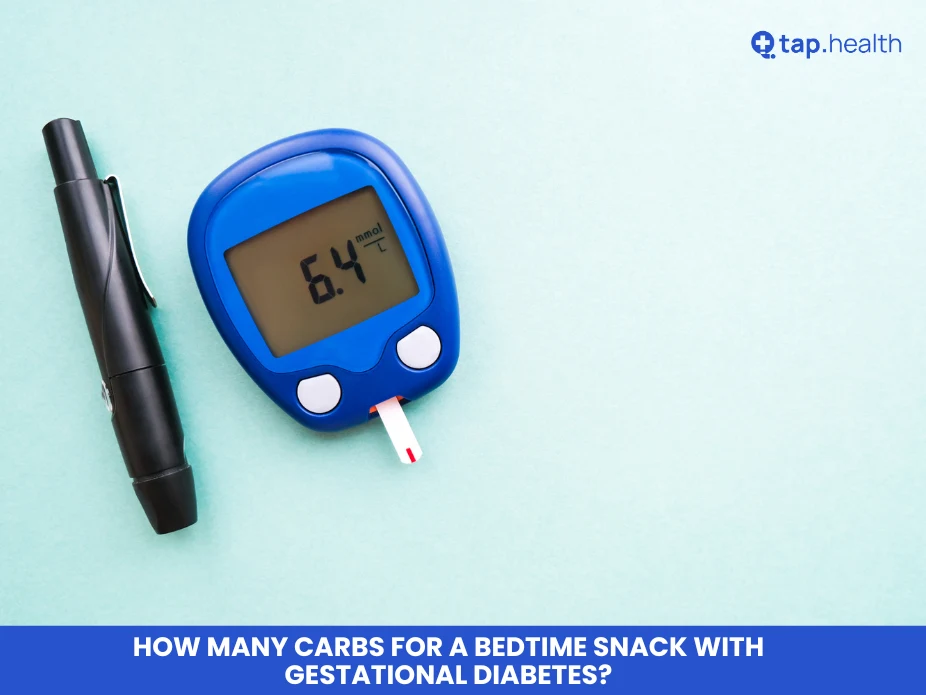When trying to figure out whether you’re pregnant, many people turn to home pregnancy tests as a quick and easy solution. However, a common question that comes up is, “Can you pee on a pregnancy test twice?” You might be wondering if it’s safe, if it affects the accuracy, or if you can reuse a pregnancy test. This article will walk you through everything you need to know about using pregnancy tests, including whether it’s okay to use a test more than once and how to properly interpret the results.
We’ll cover:
- The science behind how pregnancy tests work.
- Can you reuse a pregnancy test?
- How to ensure accurate results.
- Tips for using a pregnancy test correctly.
By the end of this post, you’ll have all the information you need to properly use a pregnancy test and get reliable results.
What Is a Pregnancy Test and How Does It Work?
A pregnancy test detects the hormone human chorionic gonadotropin (hCG), which is produced during pregnancy. After conception, this hormone starts to appear in the bloodstream and urine. Pregnancy tests are designed to detect hCG levels, typically in urine.
There are two main types of pregnancy tests:
- Urine Tests – These are the most common home pregnancy tests. You pee on a test stick, and it shows whether or not hCG is present.
- Blood Tests – These are performed in a doctor’s office and can detect pregnancy earlier than urine tests.
How Do Home Pregnancy Tests Work?
Home pregnancy tests usually work by using a chemical reaction to detect the presence of hCG in your urine. The test will have a control line to show that the test is working properly, and a test line that will appear if hCG is present. If only the control line shows up, it means the test is negative. If both the control and test lines appear, the test is positive.
What Happens If You Pee on a Pregnancy Test Twice?
Now, to address the core question—can you pee on a pregnancy test twice?
Most home pregnancy tests are designed for single use only. Once you pee on the test stick, the chemical reactions are activated, and the test will show a result. After this, the test is no longer reliable and should not be used again.
Why Can’t You Use a Pregnancy Test Twice?
There are several reasons why pregnancy tests should only be used once:
- Chemical Reaction Has Already Occurred: The test works by using chemical reactions to detect hCG. Once these reactions have occurred, they cannot be “reset” for another use.
- Accuracy is Compromised: After the initial test, the chemicals in the test may have already been altered by the urine. Reusing the test might cause inaccurate or false results.
- Risk of Contamination: If you pee on the test twice, there’s a risk of contaminating the test with bacteria or other substances, which could affect the outcome.
- Visual Result May Fade: Most pregnancy tests show results that can fade or change after some time. The first result you see might not be the same after the test is used again.
In short, it’s not recommended to pee on a pregnancy test twice, as it could compromise the test’s accuracy and lead to incorrect results.
Can You Use a Pregnancy Test Multiple Times with Different Urine Samples?
While it’s tempting to think you could just use a new urine sample, the answer is still no. Even with a fresh urine sample, a pregnancy test is designed for one-time use. The test’s chemical components are only meant to interact with urine once. After being exposed to urine, the test may no longer function properly.
What Happens if You Pee on the Pregnancy Test After the Results Appear?
Once you get your result, whether it’s positive or negative, the test is considered complete. If you continue to pee on it afterward, you’ll likely just see a blurred result, as the chemical reaction is no longer taking place.
It’s essential to remember that timing matters when using a pregnancy test. You should read the result within the timeframe specified in the instructions, usually within 3–5 minutes. If you wait longer, the test may give an inaccurate result due to changes in the chemicals on the test strip.
What Are the Risks of Reusing a Pregnancy Test?
Using a pregnancy test more than once could potentially lead to several risks:
- False Results: If the test is used improperly, it may give false positives or false negatives, leading you to make decisions based on incorrect information.
- Confusion: The results might be hard to read after the first use, leading to confusion. You might see faint lines or unclear results that could mislead you.
- Physical Damage to the Test: Peeing on a test twice could damage the test’s surface, making it harder to read or possibly leading to inaccurate results.
- Infection Risk: While rare, there is a slight risk of contamination or bacterial growth if the test is reused, which could cause infection, especially if the urine sample is not properly handled.
How to Use a Pregnancy Test Correctly
To get the most accurate results, follow these simple steps for using a pregnancy test:
1. Read the Instructions
Every pregnancy test is different, so it’s essential to read and follow the instructions that come with the test. This ensures you are using the test in the proper way and helps to avoid mistakes.
2. Collect a Fresh Urine Sample
Collect your urine in a clean, dry container. Most tests recommend using first-morning urine, as it has the highest concentration of hCG. However, many tests can also be used at any time of the day.
3. Place the Test Stick in the Urine
Follow the instructions for the specific test you’re using. Usually, you will either pee directly on the test stick or dip the test stick into the urine sample.
4. Wait for the Results
Wait the recommended amount of time (usually 3-5 minutes) for the test to display the results. Don’t look at the results before the waiting time is up, as this could lead to inaccurate readings.
5. Interpret the Results
The results should be clear to read. Most tests will show a control line to indicate that the test is working properly. A second line will appear for a positive result, or no line will show if the test is negative.
6. Dispose of the Test Properly
After using the test, dispose of it as instructed on the packaging. Remember, it is designed for one-time use, so do not attempt to reuse it.
Can a Pregnancy Test Be Incorrect?
While pregnancy tests are highly accurate, false positives and false negatives can still occur. Here’s why:
False Positives
A false positive means that the test shows you are pregnant, even though you’re not. This can happen due to:
- Chemical pregnancies: When an early pregnancy ends in miscarriage shortly after implantation, hCG levels may still be detected.
- Medications: Some medications, especially those containing hCG or related hormones, can cause a false positive.
- Expired tests: Using a test past its expiration date can affect its accuracy.
False Negatives
A false negative happens when the test says you’re not pregnant, even though you are. This can occur because:
- Testing too early: If you test before your body has produced enough hCG, you might get a false negative. This is why it’s best to wait until at least the first day of your missed period.
- Diluted urine: If you drink too much water before testing, the urine may be too diluted to detect hCG.
How to Avoid False Results
- Wait until the right time: Test after you miss your period, and try to use the first-morning urine.
- Follow the instructions: Ensure you’re using the test correctly and within the right timeframe.
- Use a high-quality test: Some pregnancy tests are more sensitive than others. Check reviews or consult your doctor if you’re unsure.
FAQ on Can You Pee on a Pregnancy Test Twice?
Can you pee on a pregnancy test twice?
No, pregnancy tests are designed for single-use only. Peeing on a test more than once will likely compromise the accuracy of the results.
Can I reuse a pregnancy test with a new urine sample?
No, even with a new sample, you cannot reuse a pregnancy test. The chemicals in the test strip have already reacted with the first urine sample, making it unreliable for further use.
How accurate are pregnancy tests?
Pregnancy tests are very accurate, with a 99% accuracy rate when used correctly. However, testing too early or mishandling the test can lead to inaccurate results.
Can a pregnancy test show a false positive?
Yes, a false positive can occur, although it’s rare. It could be caused by chemical pregnancies, medications, or expired tests.
What should I do if I get a negative result but still think I might be pregnant?
If you get a negative result but still suspect pregnancy, wait a few days and test again. You might have tested too early, and hCG levels may not have been detectable yet.


